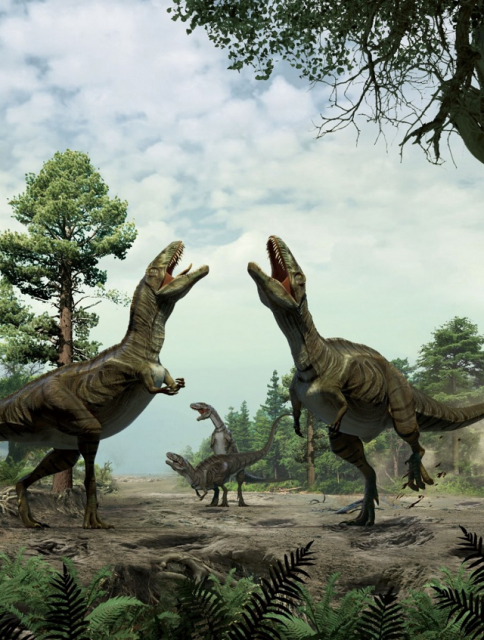Mi weekly selection #163

Ancient grooves may be evidence of dinosaur mating ritual
Four sites found in Colorado exhibit fossilized grooves that may have been made by dinosaurs doing a bird-like mating dance more than 100 million years ago. Scientists say the gouges could have been made by theropods performing a mating ritual common to modern birds.
Neanderthals linked to allergies in humans
Neanderthals may have passed genetic variants on to humans that make them susceptible to environmental allergies, but interbreeding with humans also may have helped humans adapt as they began to settle in Europe.
Excess water causes mold to grow on space station plants
Mold has killed or sickened four zinnia plants aboard the International Space Station. It’s believed that excessive water caused the mold, which has been bagged and frozen so it can be returned to Earth and studied later. Three healthy plants are left in the experiment that’s now being tended to by astronaut Scott Kelly.
Microbial seed coatings show promise in crop production experiments
Scientists with agricultural firms Novozymes and Monsanto’s BioAg Alliance have coated seeds with microbes and planted them to see if it would help the crops grow bigger and stronger. Five out of 2,000 microbial coatings used on the seeds produced promising results, with corn harvests increased by four to five bushels an acre and soy harvests boosted by 1.5 bushels an acre, researchers said.
Insulin-producing cells developed from skin cells
Scientists have developed insulin-producing cells from human skin cells, bypassing a pluripotent state.
1 comment
[…] Posted in Humanities & Social Sciences, Noticias, Science, Technology, Weekly Selection | 0 comments […]